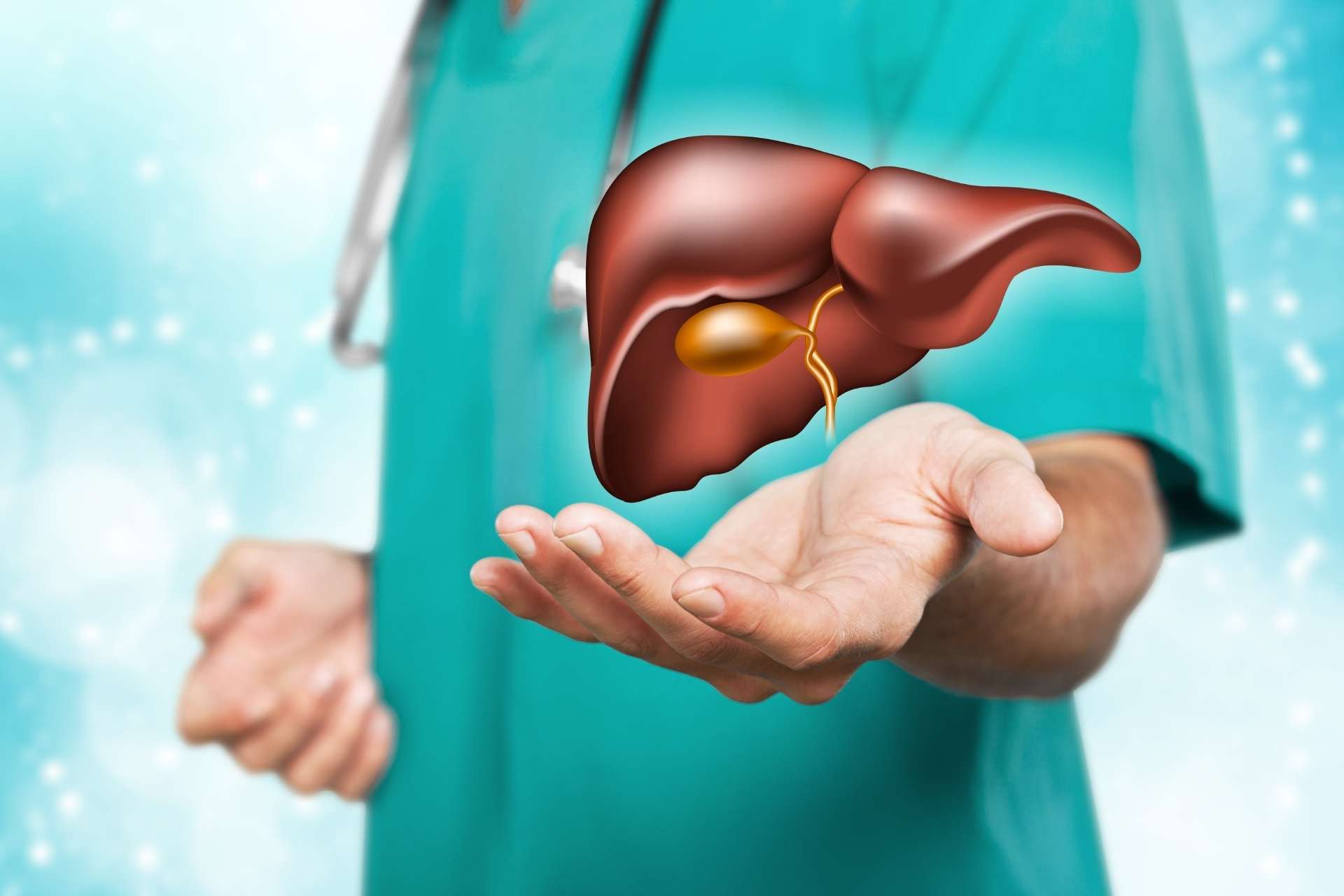What is already known
The clinical effectiveness of fecal microbiota transplant (FMT) in patients with Non-Alcoholic Fatty Liver Disease (NAFLD) and the influence of individual characteristics (e.g. weight) remain uncertain.
What this research adds
The objective of this clinical study is the evaluation of the impact of FMT in a month range, in patients with NAFLD. Patients without FMT and healthy subjects were included as controls.
Conclusions
Microbiota transplant appears to effectively improve the clinical picture and bacterial profile especially in thin subjects.
The transplant of faecal microbiota in subjects with Non-alcoholic Fatty Liver Disease (NAFLD) appears to improve the clinical condition by reducing fat accumulation in the liver, especially in thin patients. Moreover, it promotes the balance of the local gut microbiota.
This is demonstrated by the clinical study co-ordinated by Lanfeng Xue of Wakayama Medical University (Japan), published in Frontiers in Cellular and Infection Microbiology.
NAFLD and microbiota
The occurrence of NAFLDs is increasing over the years, becoming a considerable public health problem. Risk factors include obesity, diabetes, genetic predisposition, etc. In a scenario where decisive therapies are still lacking, a change in lifestyle remains the main approach, although it does not always prove to be sufficient or effective.
On the other hand, the involvement of the local bacterial component in the development and progression of liver diseases is increasingly verifiable, including in non-alcoholic ones.
Faecal Microbiota Transplant (FMT) is becoming one of the most widely used procedures in cases of intestinal dysbiosis caused by C. difficile, but also of metabolic or immune disorders, tumors, etc. FMT’s efficacy in NAFDL situations, however, remains to be confirmed. In this regard, Japanese researchers involved 75 randomized patients: 47 received the fecal microbiota transplant three times, while the remaining 28 did not. The researchers observed the clinical picture for one month after the intervention. Furthermore, 10 healthy subjects were included as controls.
The results of the study
Comparing the general health picture in relation to transplant, it has been observed that:
● Neither the blood lipid levels or the liver function showed significant difference between the group that experienced the transplant and the one that did not, neither before nor after the procedure.
● Nevertheless, in the group with FMT there was a reduction in fat accumulation in the liver.
Switching to the bacterial component, patients before transplant showed less bacterial diversity and abundance, compared to healthy subjects. In contrast, there was no difference between controls and patients after FMT, suggesting an impact in the microbiota. In particular:
● At the phylum level, the abundance of Bacteroidetes was about 35% before the transplant, about 41% after FMT, and 58% in healthy subjects’ control group.
● The Bacteroidetes-Firmicutes ratio was 0.7 before FMT, 0.93 after the transplant, 1.54 in healthy subjects.
● In general, patients with NAFDL showed a higher expression of Proteobacteria before transplant.
● At family level, either Bacteroidetes or Muribaculaceae (Bacteroidetes) or Christensenellaceae (Firmicutes) showed significantly lower abundance in the pre-FMT, than post-FMT or controls. Difference smoothed out between post-FMT and controls.
● Going down to the genus level, compared to controls, in the pre-FMT 14 strains Bacteroides, Christensenellaceae R-7, Metagenome, Ruminococcus 1, Tyzzerella 3, [Eubacterium] coprostanoligenes group, [Eubacterium] ruminantium group, Intestinimonas, Mitsuokella, Rikenellaceae RC9 gut group, Roseburia, and Subdoligranulum registered a lower abundance.
Assessing possible confounding factors, the researchers divided the patients according to their weight (thin and obese group). As expected, they observed greater hyperlipidemia and insulin resistance in the obese group, less fat accumulation in the liver in the thin ones, and a different bacterial response to FMT. In fact, whereas before the transplant the microbial profiles were completely similar between the thin and the obese, after FMT only in the former an impact was noted. In particular:
● At the phylum level, the abundance of Actinobacteria was significantly higher in the thin than in its counterpart.
● The same trend worked for the Desulfovibrionales order, the Tannerellaceae family, species Bacteroides coprocola DSM 17136 and non-culturable Roseburia sp.
● Markedly below in the thin subjects, Actinobacteria, Bacteroidaceae, Bacteroides, [Ruminococcus] gnavus group, Lachnospiraceae nk4a136, Lachnospiraceae nd3007, [Eubacterium] Coprostanoligenes, Mitsuokella and Fusicatenibacter.
● Post-FMT, in the thin subjects it was registered a decrease in Bacteroidaceae (from 40.6% to 35.7%), Bacteroides (from 51.5% to 38.1%) with an opposite increase in Prevotella 2, [Eubacterium] coprostanoligenes group, and [Eubacterium] ruminatum group which were practically absent at baseline.
● Compared to healthy subjects, in thin NAFLD patients the expression of Bacteroidaceae and Bacteroides was higher before the transplant, and then decreased afterwards.
● Finally, in the obese it was registered post-FMT a decrease in Rikenella RC9 and Alistipes, while an increase was registered in Lactobacillus, Ruminococcus 2 and Prevotella 2.
Conclusions
To sum up, faecal microbiota transplant appears to improve both clinical parameters and bacterial balance in the liver, especially in thin individuals. Thus, it represents a potential therapeutic resource for non-alcoholic liver disease.









